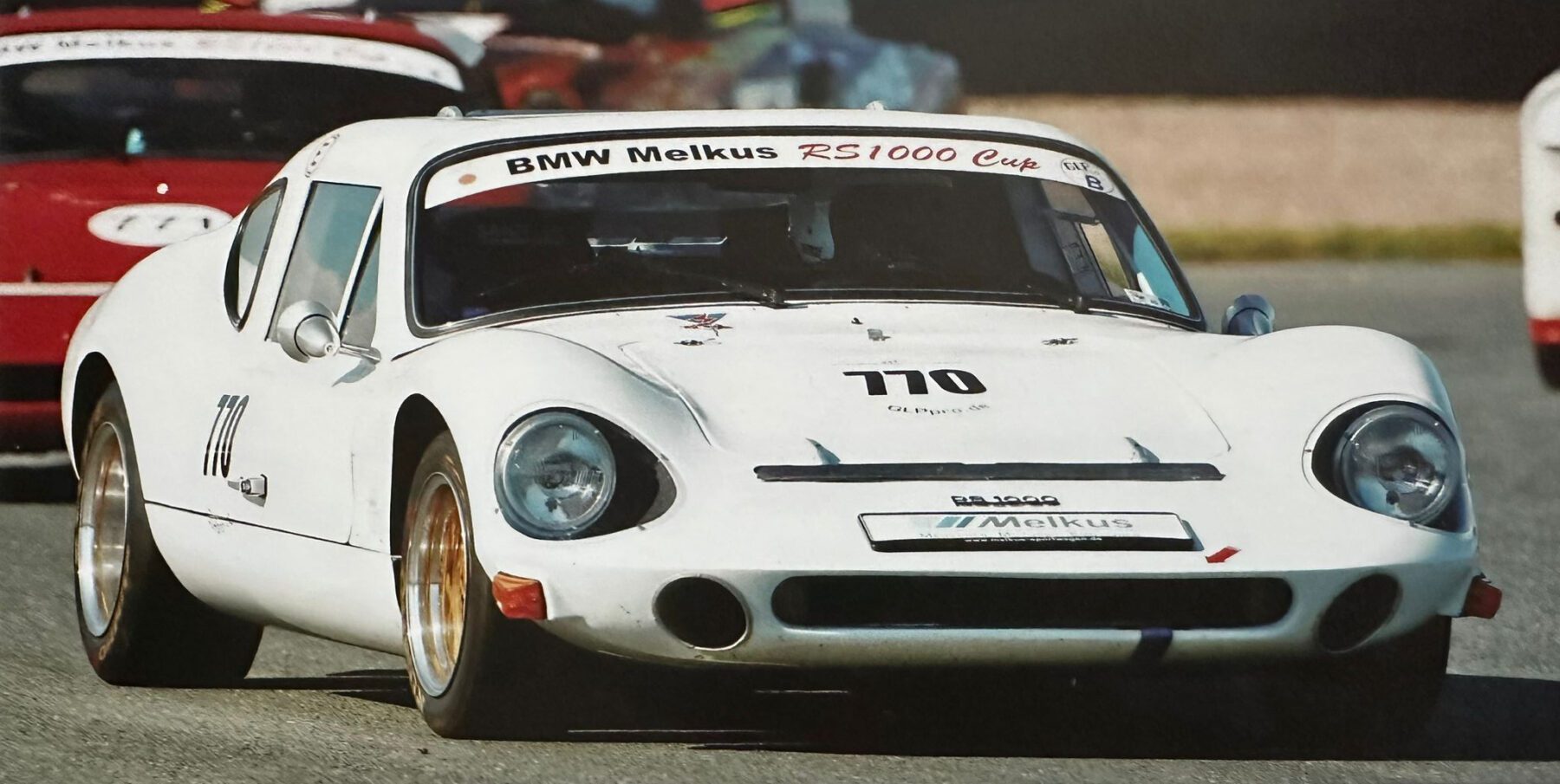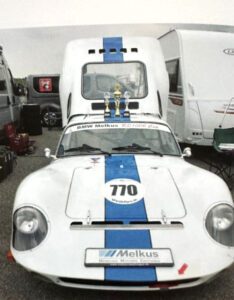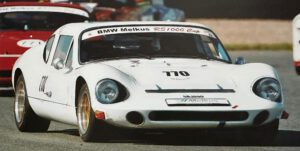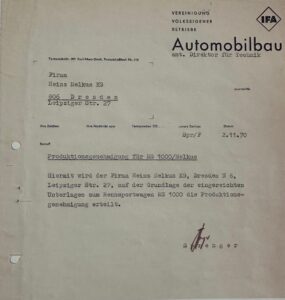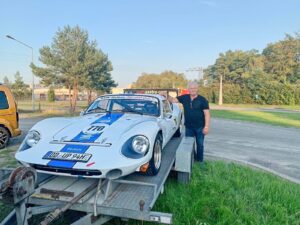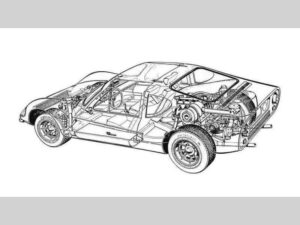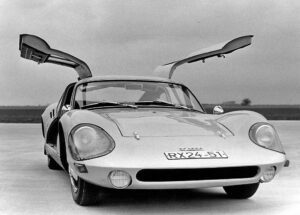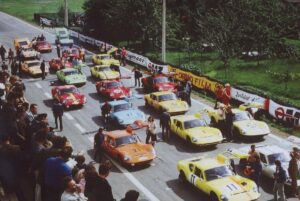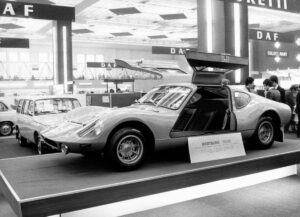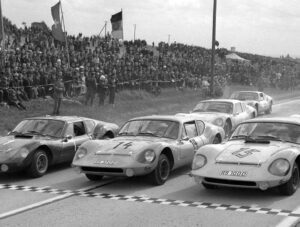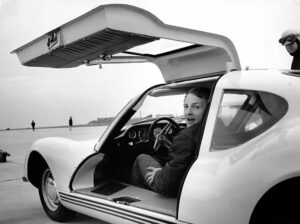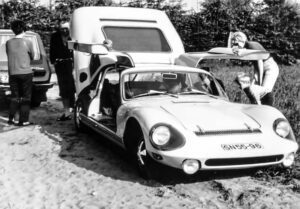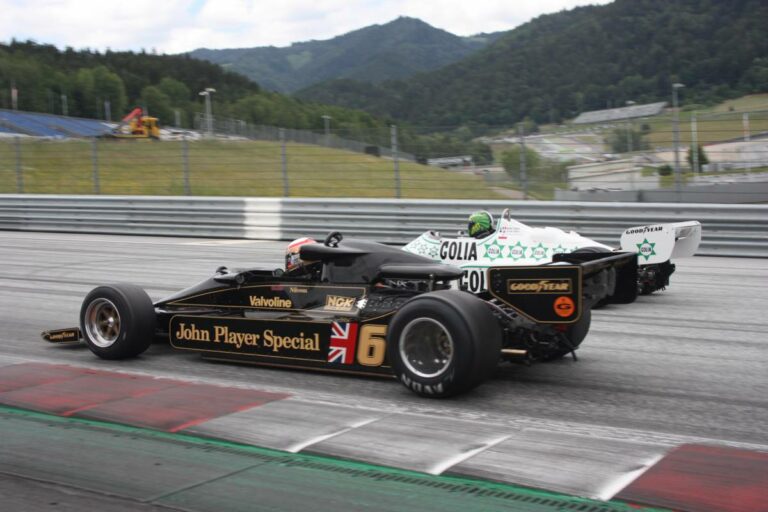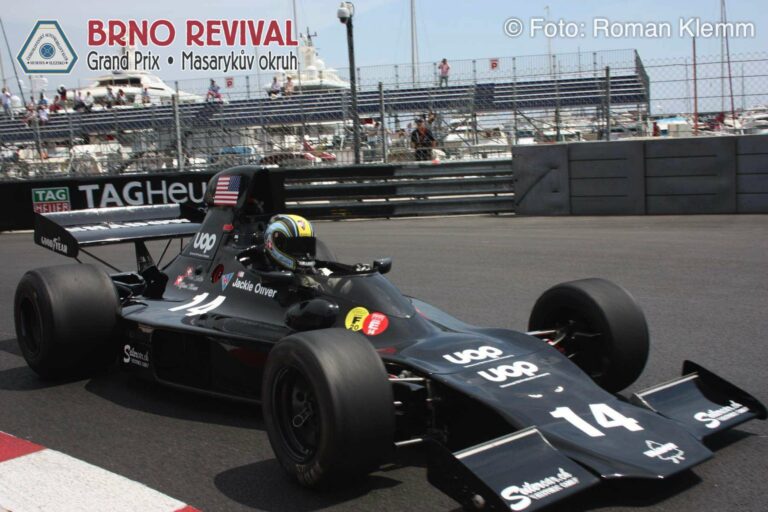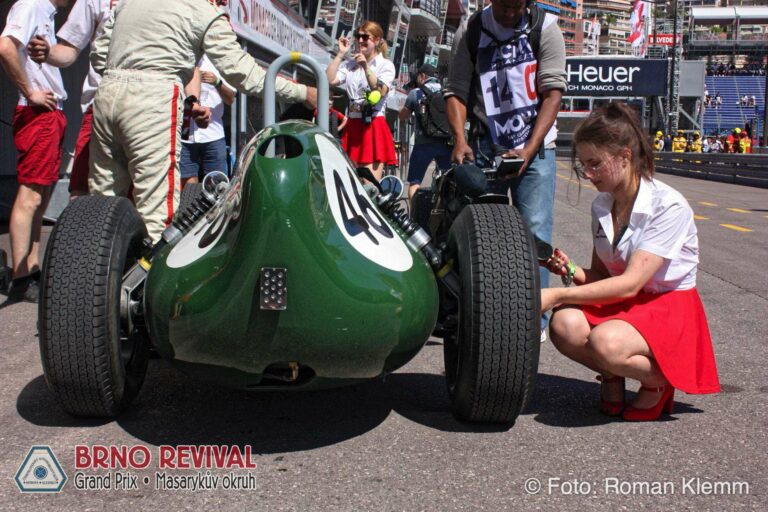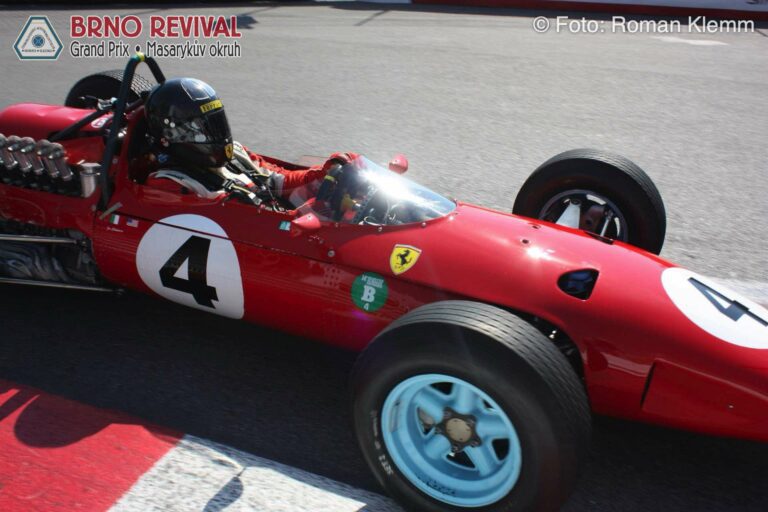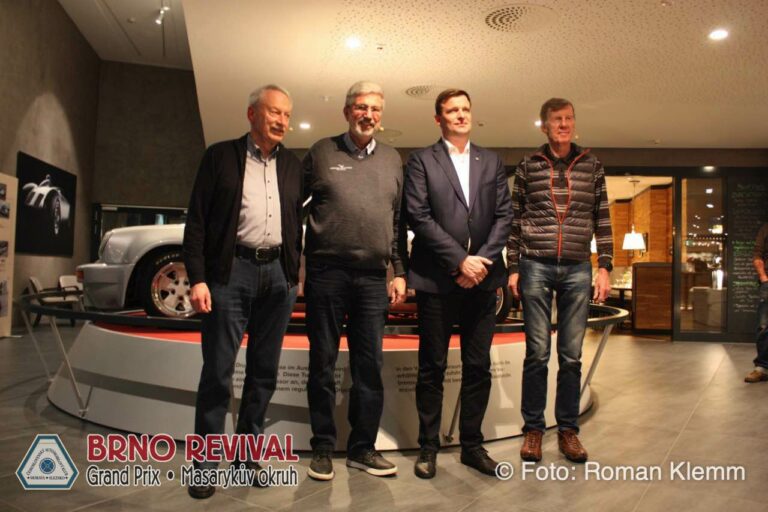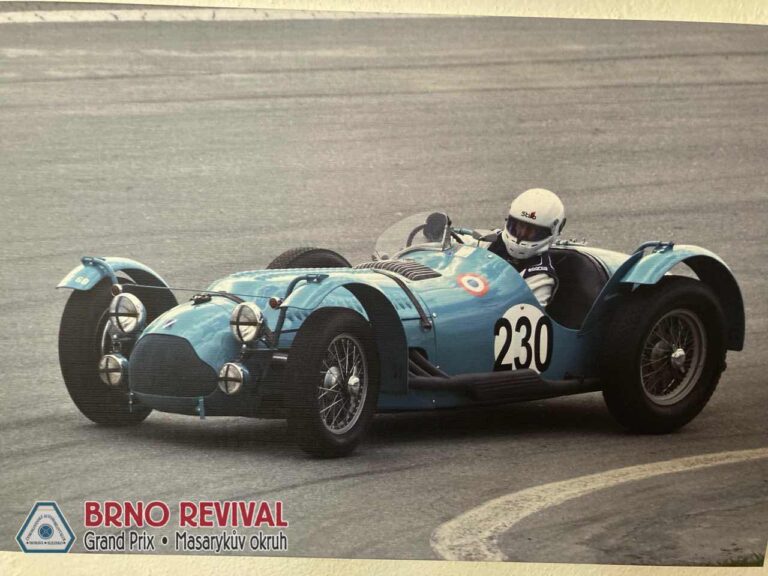You will see the Melkus RS 1000 on the track
Heinz Melkus was the Colin Chapman of Eastern Europe. The low-slung, rear-engined sports coupe designed for racetracks was designed by his team to meet FIA regulations, be able to drive in normal traffic and use as many parts as possible from vehicles produced in the German Democratic Republic (GDR).
The basis of the RS 1000 is the chassis and drivetrain from the Wartburg 353. However, the floor platform has been strengthened and fitted with 35 liter fuel tanks on both sides. From the Wartburg 353, wheel suspensions with shortened coil springs, supplemented with rubber stops, were also adopted. A torsion stabilizer was added to the rear axle. Wartburg drum brakes received cooling fins. The first Melkusy RS 1000 was powered by a 992 cc three-cylinder AWE 353 engine. Since 1973, Melkus has rebored engines to a volume of 1119 cm. The performance remained the same, but the torque flow improved. Compared to the stock Wartburg engines, the performance was increased by adjusting the combustion chamber, installing three carburetors and increasing the compression to 9.5. In the road version, drivers could count on 70 hp, when installing a special racing exhaust, the output increased to 90 hp, and the Melkus RS 1000 was then able to reach a speed of 180 km/h. The disc spring clutch was carried over from the Barkas 1000 cars. The flat radiator was in the front of the car with an electric fan behind it.
Heinz Melkus collaborated with the University of Fine Arts in Berlin on the design of the body. The roof is strengthened by a protective arch. The door swings up. The entire rear of the body is attached to the protective arch with hinged hinges, which can be lifted to gain very good access to the engine. The front part of the body is rigidly bolted to the frame. The windshield was taken from the Wartburg, but the rest was made of Plexiglas. The front and rear of the body is made of fiberglass-reinforced polystyrene. Both of these parts were produced by the national company Robur from Žitava. The overall assembly was carried out by the Dresden company Melkus. Handcrafting meant that each car was different from the other, as the experience gained was taken into account when building each subsequent car. From 1969 to 1979, 101 Melkus RS 1000 cars were built. For example, in 1972, 20 were produced, which could be purchased by members of the GDR motor association for 28,000 marks. The price corresponded to about 80 thousand Czechoslovak crowns at the time, which means that two Škoda 110Ls could be bought for the same money. At the beginning of 1973 there were rumors that Heinz Melkus would build a car with a Tatra 603 engine, but whether there was any truth in them is not clear.
Melkus RS 1000 cars have occasionally diversified the starting field of races in Czechoslovakia. They started in the B-5 category and due to the volume of the engine, they could not hope for a top position. Probably the best result with a Melkus RS 1000 car was achieved by Helga Heinrichová, when she finished in fourth place in a rainy race in Havířov in June 1973. The winner then was Jaroslav Bobek in a Škoda spider.
Jiří Mewald

